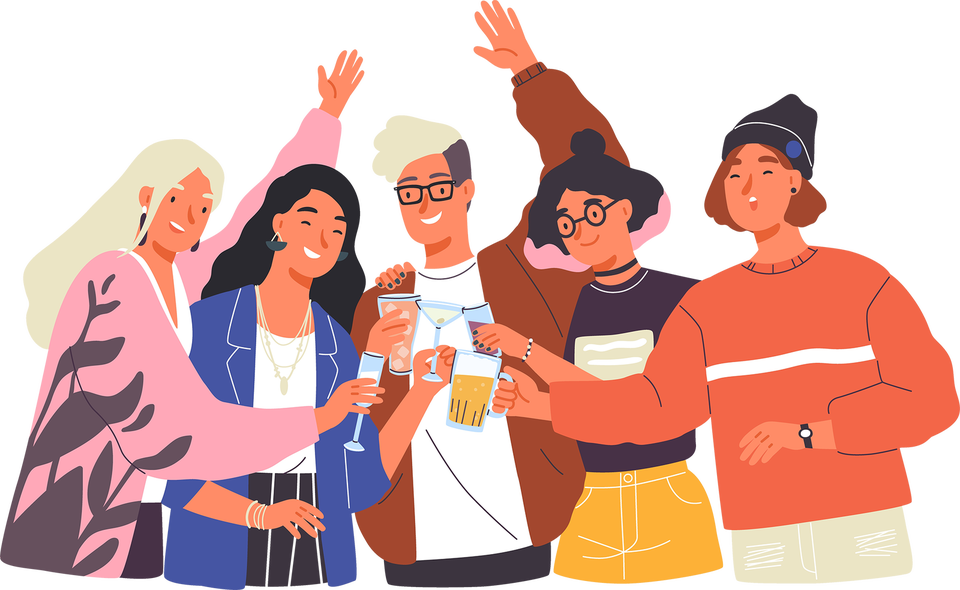
Interview
“Consumers have taken ownership of their consumption”
The Consumer Goods Forum was held in June. To consider the FMCG trends among consumers emerging from lockdowns, Just Drinks met with the lead for consumer goods & services at consultancy group Accenture, Oliver Wright, ahead of his talk at the event.
A
fter years of speculation, an official definition of Japanese whisky has finally been agreed, imbuing the sector with a new sense of transparency and accountability. Last month, the Japan Spirits & Liqueurs Makers Association (JSLMA) issued new labelling standards for Japanese whisky in a bid to "clarify the confusing situation for consumers".
In accordance with the definition, products marketed as 'Japanese whisky' must be made from malted grains, although additional cereal grains are permitted.
Crucially, the main stages of production – malting, mashing, fermentation, distilling, and ageing – must take place domestically. The liquid must be matured in wooden casks for at least three years and bottled at no less than 40% abv, while the use of caramel colouring will be permitted.
Unlike Scotch and other whiskies that have geographical indication status, Japanese whisky's labelling standards are voluntary and as such will not be legally enforceable. However, most key players are expected to abide by the guidelines.
The main benefit of having an official definition for Japanese whisky, says the JSLMA, is to make "information available to the public in Japan and abroad". In other words: it allows consumers to make informed decisions about what they buy, whether thoroughbred or mixed-breed.
But, why unveil the regulations now, when global demand for Japanese whisky is on the rise anyway? And, what will they mean for the future of the industry?
Just Drinks: Tell us about the research you’re basing your findings on.

Oliver Wright,
Accenture consumer goods & services lead
Oliver Wright: In our recent consumer surveys, covering about 18 countries including China, we’ve focused on asking how the pandemic has changed longer-term thinking: How has COVID caused consumers to reset their relationship with consumption? The thing we spotted quite early on was the scale of this re-examination.
One big change we’ve seen is the degree to which consumers have taken ownership of their consumption. The vast majority are much more comfortable with digital engagement, and one of the things they’re using this to do is to understand the products they consume much more precisely. They’re then increasingly making decisions on that basis, but they also want to be able to have more two-way feedback.
The idea of marketing to consumers to get messages across has been replaced by the demand for a dialogue with a brand owner about the sorts of things consumers want to see.
This moves away from the historical marketing model of considering relatively small consumer segments to creating a conversation with the individual consumer themselves. We expect this to become more pronounced over this decade.
Are you seeing an intensifying of digital engagement from existing users or are you seeing previously non-digital consumers coming in?
The answer is both. In the developed world – by which I mean where people have access to smartphones – the number of ‘digitally illiterate’ consumers (stereotypically, over-55s who don’t choose to engage digitally) has been holding at 20% for the last ten years. However, their basic access to groceries online has acted as a gateway to engage much more broadly digitally.
In China, for example, when COVID started, this kind of consumer quickly adopted a range of apps on their phones, which has made them participate more generally digitally.
One of the really positive things to come out of COVID is the divide between the digitally and non-digitally capable has been broken down. Meanwhile, the folks who were digitally engaging before started to do so much more strongly. It’s been a pick-up across the board.
What else have you noticed from your research?
We’ve also seen that consumers have made a link between COVID and the environment. Concerns around the environment were there before, but COVID has dramatically accelerated interest and the desire to make a positive contribution to the environment. It’s not clear to us exactly why that link’s been made, but it’s there.
Many consumers now want to make more environmentally friendly decisions, but they’re struggling to effectively do that. There are still a lot of consumers who don’t know which companies to reward and which companies to punish. They feel frustrated on the margins.
Most brands are making a push into this area but because consumers don’t have simple ways to make on-shelf comparisons, it’s proving very confusing for them. Where we see brands that are doing this in ways that consumers think is authentic, then the pick-up for those brands is there.
Is the consumer is being turned off because they’re getting confused?
I don’t think they’re chucking the idea out, but they’re clearly very frustrated. They definitely want to reward and punish, they definitely want to identify brands and companies that don’t take action. Right now, there’s very little ability to do it, because of the lack of alignment on this topic.
The FMCG industry as a whole recognises it needs to catch up with where the consumer is because right now, the industry is a bit behind.
Is there a danger of overstating the consumer’s environmental focus? Throughout the various lockdowns, when consumers were stockpiling, we saw an increased reliance on established brand names.
There was a rush to mainstream but that was because of what was available. When security of supply became more important, what most of the big FMCG companies did was narrow the assortment that they could get to store.
Also, the buying trends we saw going into COVID – consumers buying smaller-scale brands and more private label – actually accelerated during COVID, not decelerated. So, this didn’t apply just to big brands.
How about the health & wellbeing trend?
The vast majority of consumers have said they will permanently make at least one big health move as a result of the COVID experience. Even if some don’t adhere to that, the shift is so strong that this will be a longer-term thing.
There’s been a consumer shift over the last 12 months from focusing on physical wellbeing to a much more holistic view of health, which includes mental and physical as well as short- and long-term. There’s also been a stronger link made by consumers between their health and what they are consuming.
The conversation has shifted from what was more medical to something broader. As a result, consumers want to take direct control over their own wellbeing, which means that they’ll want more information on the health impacts of the products they’re consuming.
How does health & wellness play with consumers when it comes to established brands name?
Consumers – and investors – are going to punish companies that go in for green-washing or health-washing.
Once consumers get hold of a particular idea, they will pursue that idea quickly. The best example is the sharp reduction in plastic-bottled water consumption in North America following announcements from the Ellen MacArthur Foundation about the level of plastics in oceans.
And, what of e-commerce?
We’ve seen the biggest single move in channel in our adult lifetimes. That is true. It’s also true that every online business model – subscription, replenishment, smart reordering – has seen a dramatic increase in interest through the COVID period. A lot of them are from relatively small bases, but consumers are saying they want more of this.
One historical barrier to e-commerce has been consumers not being at home to receive their package. Because there’s likely to be a change in work/life flexibility, that’s going to accelerate this area.
The flip side, though, is the economics. If you’re selling relatively high-cost items to an end consumer, the e-commerce model works well. But, if you’re shipping low-margin, bulky items, that doesn’t work nearly as well. If you’re one of the big beverage brand owners, it’s hard to see how that works at scale.
Some FMCG companies are using e-commerce as a mechanism to understand the consumer better. There are examples of brands shipping to consumers and including trial products to get a better understanding of how consumers are going to react to R&D decisions.
E-commerce is clearly going to become much more mainstream, we just have to be careful about which categories.
Can we expect to see post-COVID celebrations of survival with a spike in indulgence?
This is likely but, in the longer term, we’ll see a movement back towards stronger consumption in the home, although not at the current level. We’ll see more of a hybrid model of drinks consumption between home and outlet.